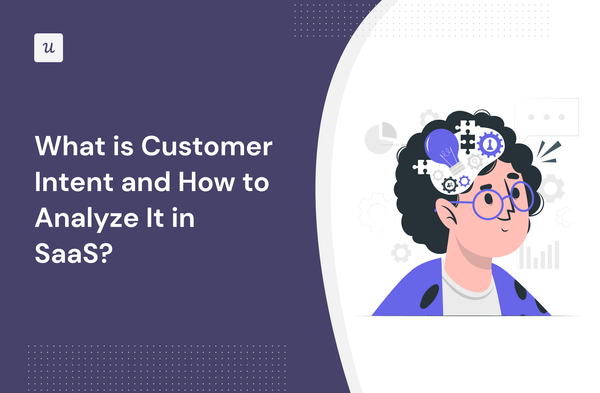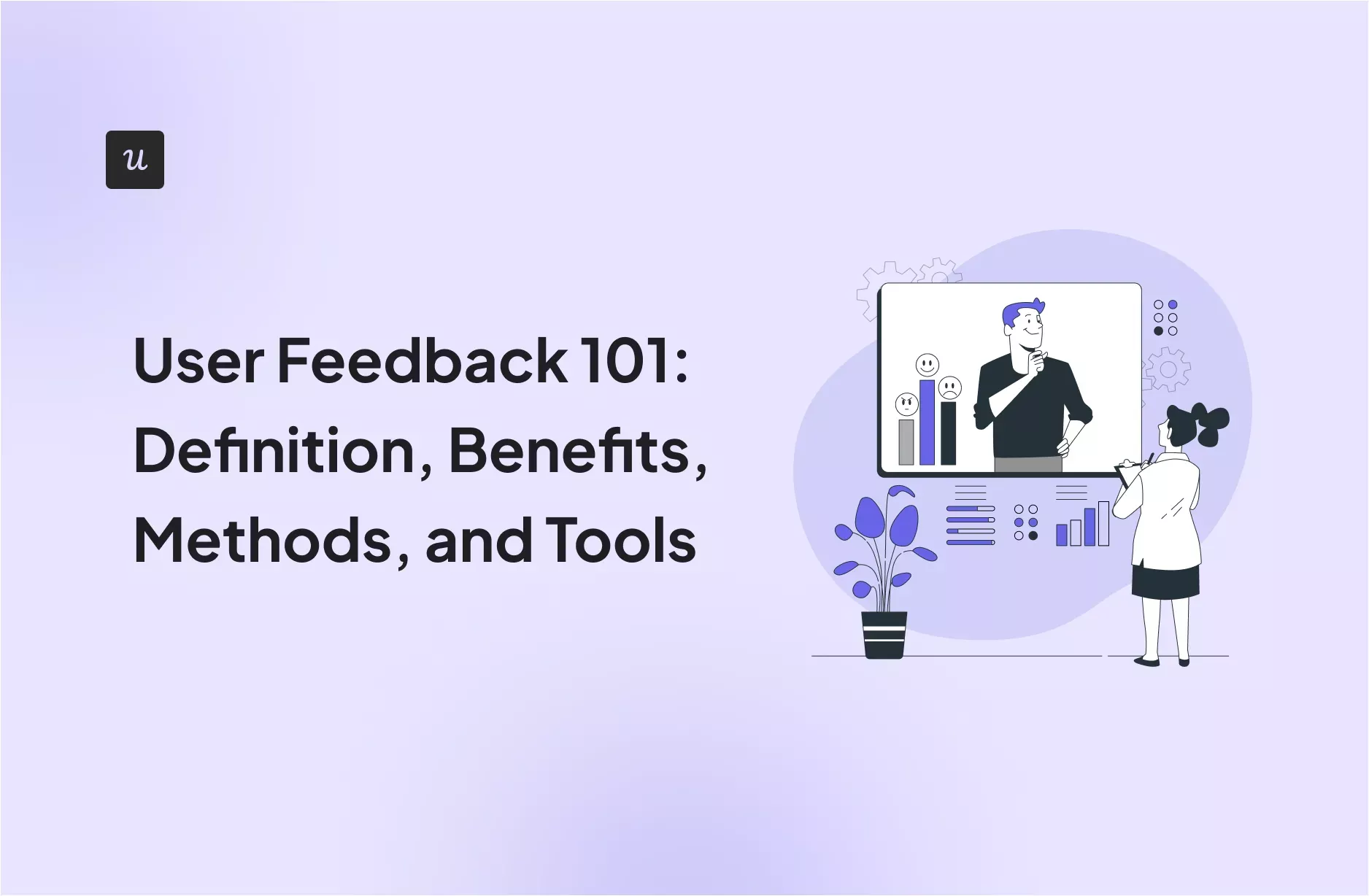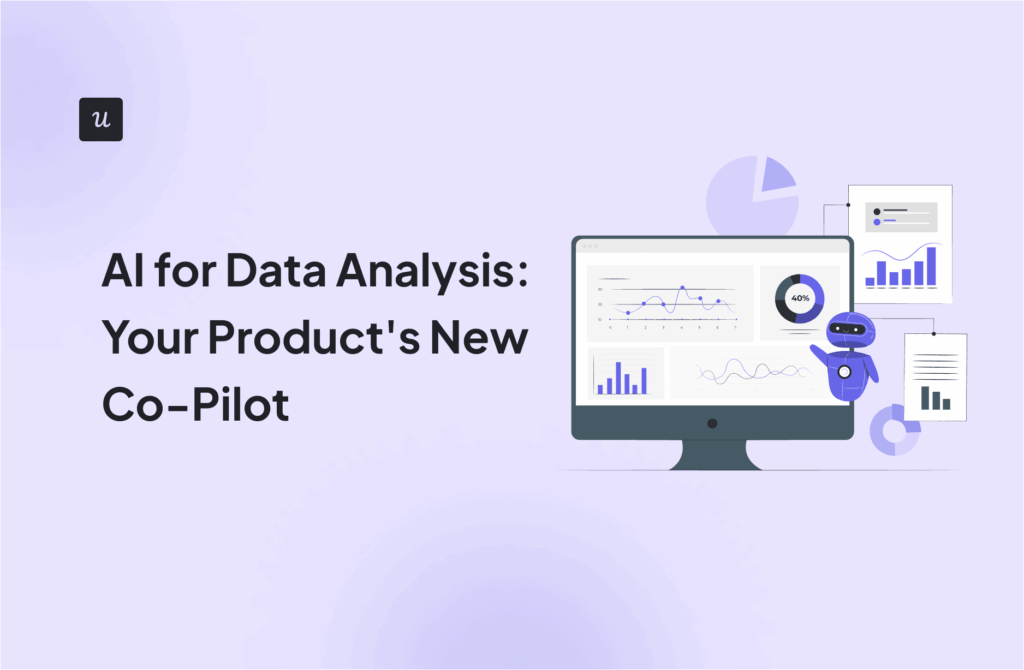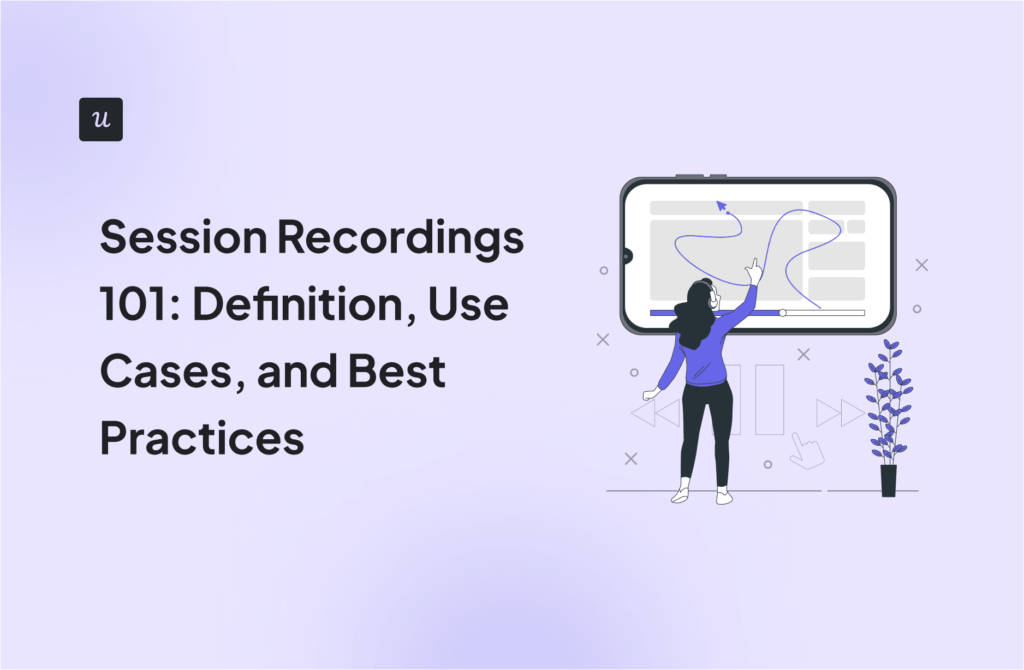
Customer intent helps product teams understand customer needs and build solutions that delight users.
In this article, learn how to identify customer intent and maximize conversions at every stage of the customer journey. You’ll also learn:
- What customer intent means, along with the three major types.
- Five key steps to interpreting customer intent.
- How Userpilot can help you act on user intent to drive adoption, engagement, and account expansion.
Try Userpilot Now
See Why 1,000+ Teams Choose Userpilot

What is customer intent?
Customer intent (sometimes called buyer intent or consumer intent) is the underlying reason behind a customer’s actions when making a purchase, contacting support, or having other interactions with your brand.
Intent can be explicit or implicit
Explicit intent is when a customer clearly states what they’re looking for. An example would be when a customer messages support saying they’re interested in upgrading to a higher plan.
Implicit intent is when a customer’s intent is not directly stated but can be inferred from their behavior.
For instance, a user who spends time viewing the pricing pages for your higher plans or taking a free trial for an add-on feature is indirectly telling you they’re interested in upgrading.
Benefits of understanding customer intent
Identifying the spoken and unspoken intent behind every interaction will position you to better service customers, improve their experience, and increase stickiness.
Here’s a breakdown of the main benefits:
- Inform feature development with customer sentiment: By comprehending the intent behind your customers’ requests and feedback, you can prioritize feature development that aligns with customer expectations and needs. This not only enhances your product’s value but also fosters loyalty among your user base.
- Increase expansion revenue: When you collect and analyze consumer intent data, you can spot which users will likely upgrade to a higher plan or purchase additional products. This data makes it easier to trigger contextual upgrade prompts and convert users, boosting your bottom line.
- Reduce churn: Customer intent analysis allows you to identify at-risk customers and address their concerns before they churn. With the data from your analysis, you can cherry-pick personalized offers or solutions to win back users.
Types of customer intent across the customer journey
Customer intent can be classified into different types depending on the stage of the user journey:
- Buyer intent: This signifies a potential customer’s intent to make a purchase decision and usually displays itself during the initial stages of the user journey. It’s a crucial point in the sales funnel where prospects are evaluating your product and comparing you with other companies. Use content like informative blog posts, product demos, and user reviews to address the needs of customers with buyer intent.
- Upgrade intent: This intent is felt by existing customers who express an interest in enhancing their current subscription or feature usage. You can offer personalized upgrade suggestions, showcase the benefits of advanced features, or provide incentives such as discounts or exclusive access to encourage customers to expand their usage.
- Churn intent: This is felt when users show signs of disengagement or a desire to cancel their subscription. Recognizing churn intent early is vital for customer retention efforts. You can spot at-risk customers from their inactivity or reduced usage, frequent complaints, and negative feedback when you roll out survey forms.
How to understand customer intent for each user and optimize your marketing strategy
Because you don’t live in the user’s mind, you’ll need to combine data from different sources to interpret and leverage customer intent.
Here are five strategies to guide you.
Capture customer intent data with in-app feedback surveys
Begin by implementing feedback surveys to gauge the customer satisfaction score for each user. Collect and analyze the data to see which users are likely to switch to paid, upgrade to a higher plan, or churn.
Use this formula to calculate CSAT scores:

If you’re wondering how your CSAT survey should be, make it short. Ask clear questions like “How would you rate the usefulness of [product or feature]?” and offer a numeric or Likert scale that users can quickly answer with a click.

Identify customer intent with engagement trend reports
Use the right analytics tool to generate engagement trend reports and see how users interact with your product over time.
Recognizing shifts in engagement patterns, such as increased usage or declining activity, can indicate changing customer intent. This data enables you to proactively respond, re-engage users, and align your marketing efforts accordingly.
Generally, highly engaged users have high upgrade intent—the increased engagement shows they’re enjoying your product. Similarly, disengaged or less active users are likely experiencing a churn intent.

If you’ve analyzed trend reports but are still unsure of the user intent, you can segment users and use targeted surveys to dig deeper into each segment’s sentiment.

Use funnel analysis to track customer behavior
Implement funnel analysis to measure engagement at every step of the user journey, from onboarding to conversion and beyond.
By tracking how customers move through your funnels, you can identify the pages they’re visiting, the actions they’re taking, and the points where drop-offs happen. This information can give you insights into what customers are looking for (intent) and why they’re abandoning their journey.
Once you spot friction points in the funnels, quickly deploy in-app guides to improve engagement and reduce churn.

Find user segments that are most likely to upgrade using NPS surveys
Regularly trigger NPS surveys like the one below to gauge user satisfaction and loyalty.

For this survey, your primary objective is to find promoters—respondents who replied with a 9 or 10. These are your most loyal users. They enjoy your tool and are more likely to express intent to expand their usage, making them a valuable segment for upsell campaigns.
Once you’ve identified promoters, create product upgrade modals to upsell them. Many will convert or at least express interest since they love the value your product delivers.

Monitor product usage to predict customer intent for churn
Use retention tables to monitor product usage.
Anomalies or deviations in usage patterns can signify churn intent. By proactively reaching out to users who exhibit signs of disengagement, you can address their concerns and encourage continued usage, thus reducing churn.
Use the insights you generate from retention analysis to optimize your in-app communication strategy and proactively prevent churn.

Conclusion
Customers are always giving signals about their intent.
When a prospect is perusing your product and pricing pages, that’s a sign they’re considering your software.
A customer who spends time in your support center looking for something they can’t seem to find or rates you poorly in an NPS is dissatisfied with your tool and probably on the verge of churn. By setting up systems to regularly track user behavior, you’d be well-positioned to leverage user intent.
To do this effectively, you need strong product analytics that can track behavior and analyze feedback. This is where Userpilot comes in. Conduct trends and funnel analysis, track features and events, and trigger in-app surveys. Book a demo now to get started.






